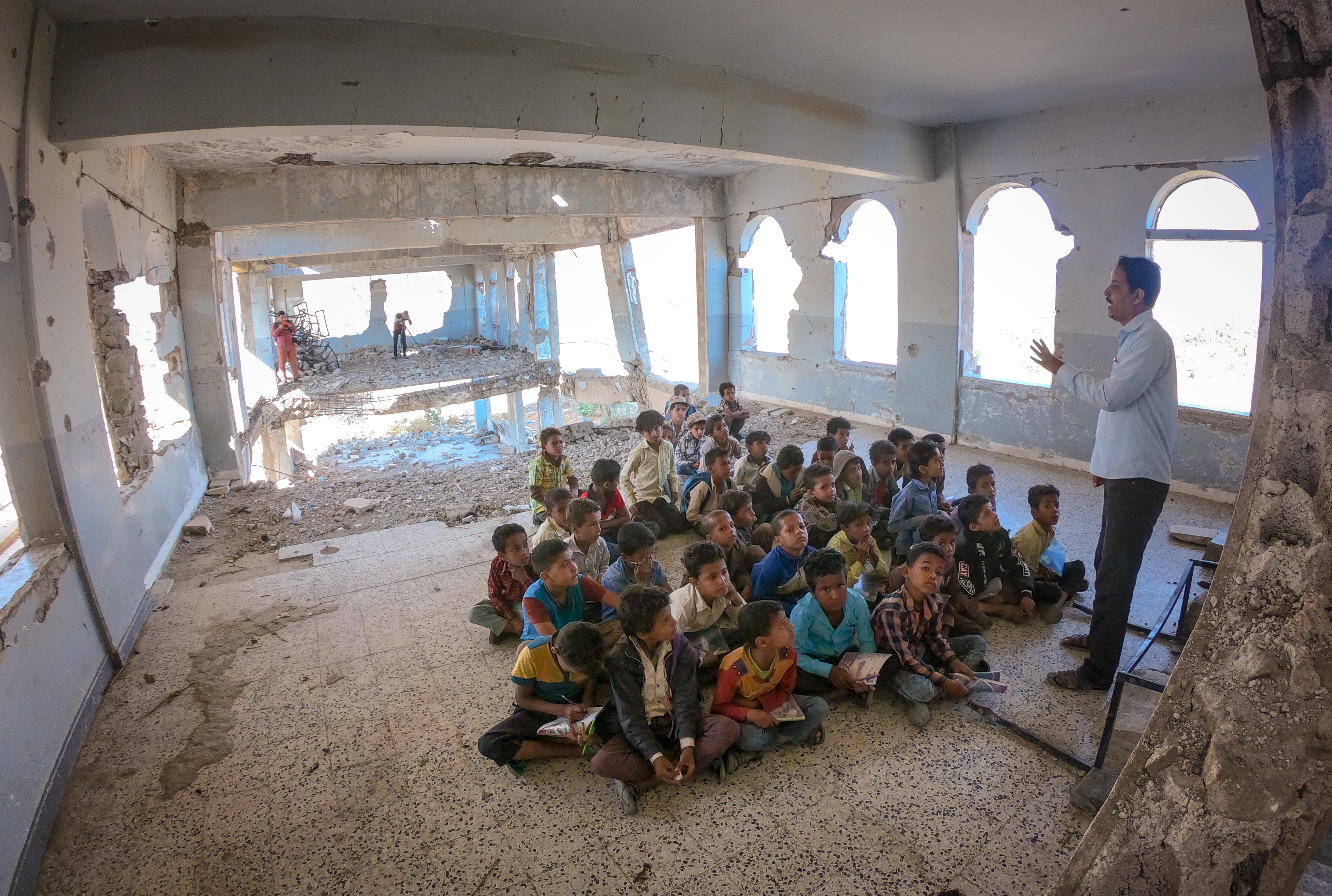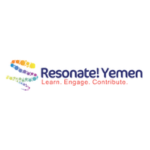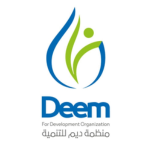YEMEN
CONTEXT
Yemen is currently ranked 23 on the Global Terrorism Index for 2024. Multiple factors drive radicalization and extremism in Yemen, but youth unemployment remains a prominent driver. After more than a decade of civil war, young people face limited economic opportunities, and children lack educational prospects due to damage to schools. The instability in Yemen is also fueled by sectarian-based conflicts, with violent extremist groups exploiting these tensions.
Yemen is transitioning from a humanitarian crisis and civil war to stability, but recovery will take time. Yemeni civil society is active in providing humanitarian assistance and plays a leading role in coordination with the government at the local level in reconciliation and peace-building efforts. They are carving out their space and contributing to resilience-building at the community level against the recurring risks posed by violent extremist and terrorist groups, while the national government defines policies and builds its capacity to govern.
INVESTMENT FOCUS
In Yemen, GCERF’s investment is dedicated to supporting the rehabilitation and community-based integration of children and youth disengaging from non-state armed groups. This is complemented by funding initiatives which strengthen the capacity of frontline workers, formal and informal educational institutions. GCERF also focuses on providing economic opportunities for youth to mitigate the risk of their involvement with non-state armed groups.
GCERF-funded initiatives engage:
- former children associated with armed forces and groups (CAAFAG) and their family members
- youth soldiers
- children and youth at-risk of radicalisation in the communities where the children and youth soldiers return
- psychologists in the rehabilitation centres, teachers in formal and informal educational institutions
- local and informal authorities (religious leaders, tribal leaders, community, district and governorate council members)
GCERF aims to achieve the investment objectives through a range of activities conducted by community-based organisations, such as:
- creation of an integrated referral mechanism and child protection standard operating procedures to guide individuals through the various service providers and agencies involved in the process.
- dialogues for community actors and youth leaders on preventing and mitigating key issues concerning CAAFAG as well as raising awareness on the consequences and risks of VE.
- safe spaces for youth where they will attend trainings focused on enhancing their skills, knowledge, and tools essential for their personal growth.
- trainings, small grants and entrepreneurial mentorship for returnees and at-risk youth to support livelihoods.
- workshops and seminars for strengthening the skills of frontline workers.
02
Total Grants
02
Active Grants
08
Civil Society Organisations
02M USD
Total Amount Committed

LOCAL PARTNERS


Newsletter

Sustainable Development Goals

Peace, Justice & Strong Institution
No Poverty

Quality Education

Gender Equality

Decent Work & Economic Growth

Reduced Inequalities

